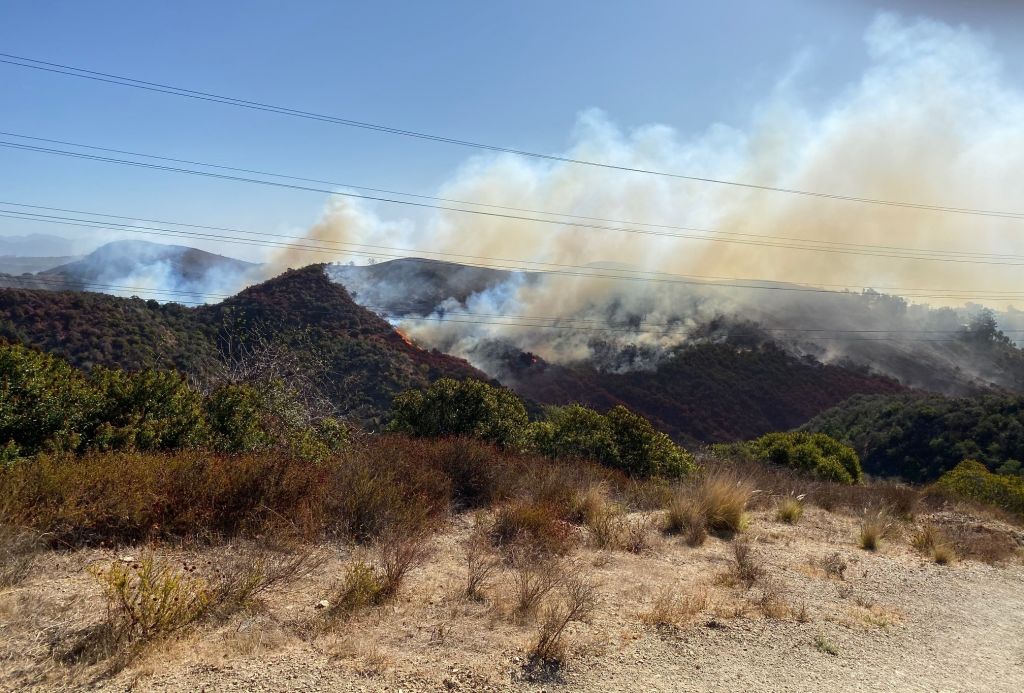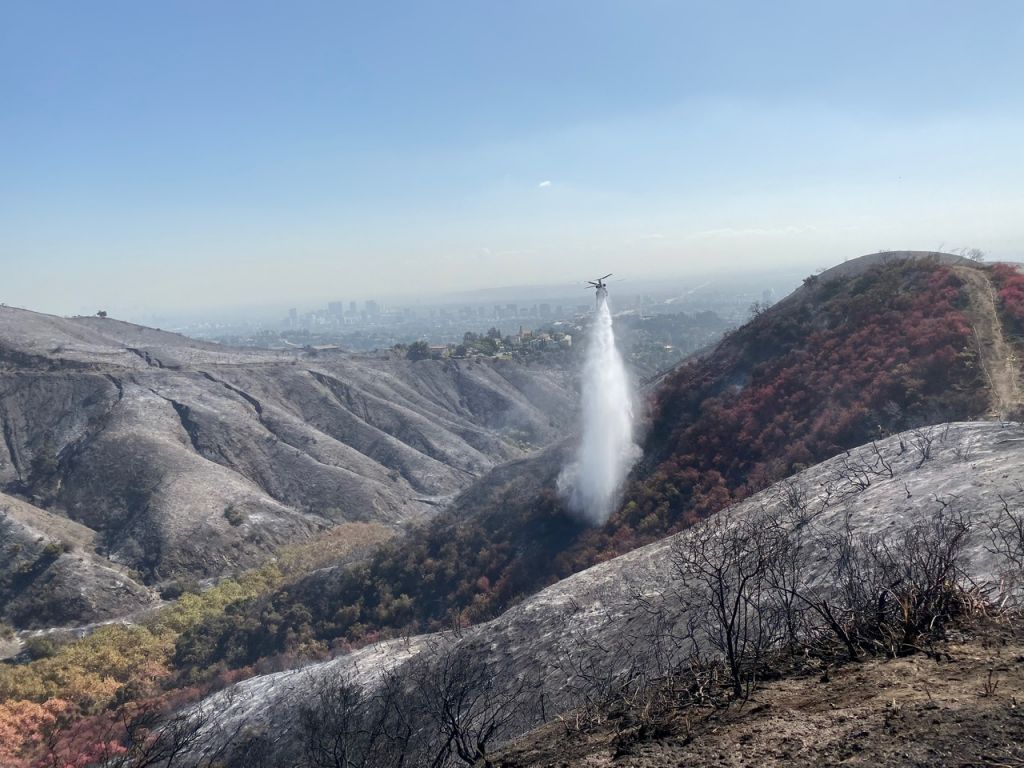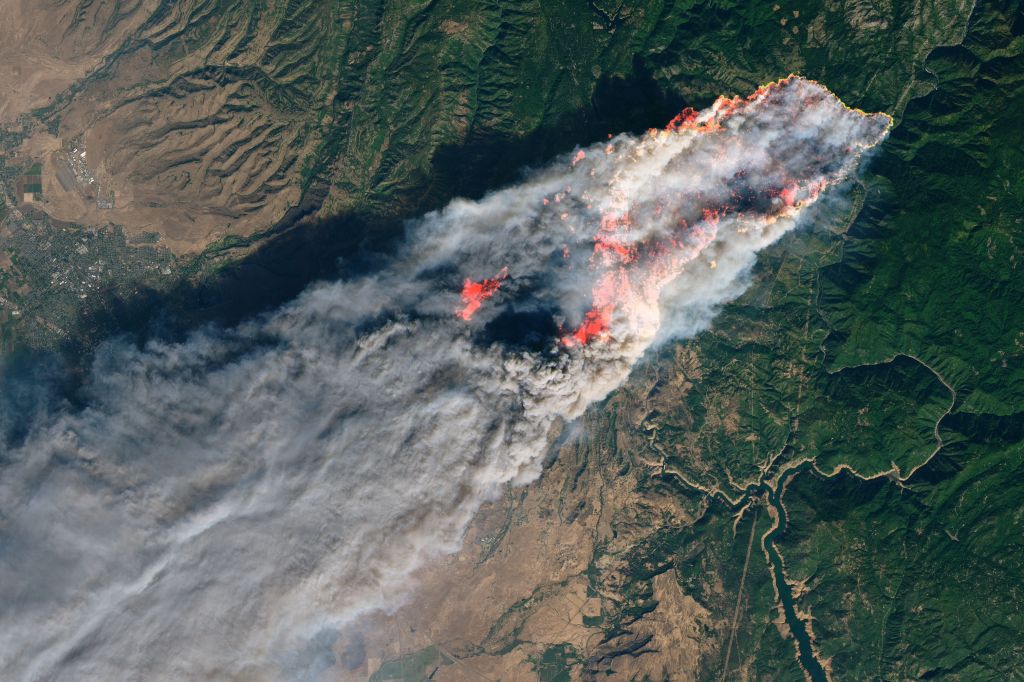Source: Joshua Stevens
Wildfires, once considered a seasonal problem, have transcended the boundaries of traditional fire seasons, becoming a year-round concern. This shift has generated an urgent need to understand the factors driving this transformation and highlight real cases demonstrating wildfires occurring throughout the year.
Climate change and its unprecedented impact
Climate change stands at the forefront of the year-round forest fire crisis. Rising temperatures, prolonged droughts, and erratic weather patterns have reshaped the landscape of wildfires. California, known for scorching summer fires, experienced the Getty Fire in October 2019 and the Silverado Fire in November 2020, challenging seasonal norms and emphasizing year-round vulnerability to wildfires. These fires razed over 40,469 hectares and forced thousands of evacuations on both occasions.
Fuel accumulation and perpetual danger
The accumulation of dry vegetation serves as fuel for fires, posing a danger regardless of the season. The catastrophic fires in Australia in 2019-2020, starting in summer and extending into autumn and winter due to an abundance of dry biomass, exemplify this dangerous fuel accumulation. These devastating fires burned approximately 7,284,116 hectares, destroying natural habitats and causing the loss of thousands of animal species.

Human influence and altered landscapes
Human activities significantly contribute to the equation of wildfires. Intentional burning for agricultural purposes in the Amazon rainforest of Brazil highlights human factors extending the forest fire season beyond traditional limits. In 2019, over 36,000 fires were recorded in Brazil, many in the Amazon region, raising global concerns about tropical rainforest destruction and its impact on climate change.
Climate dynamics: immediacy amplifying risks
Changing climate patterns, including increased wind speeds and unpredictable conditions, add layers of complexity to wildfires. The 2021 Bootleg Fire in Oregon challenged the typically wet July season, intensifying rapidly due to unpredictable weather and dry conditions. Fueled by adverse meteorological conditions, this fire consumed over 161,874 hectares of land and necessitated the evacuation of thousands of residents.

Urban expansion and its impact
The expansion of urban areas in fire-prone regions intensifies the year-round forest fire risk. The 2018 Camp Fire in California, starting in November, rapidly spread through populated areas, emphasizing the vulnerability of human settlements to year-round wildfires. This fire destroyed over 7,284 hectares of land and resulted in the tragic loss of 85 human lives.
Conclusion: a call for preventive strategies
The transformation of wildfires into a year-round hazard demands a proactive approach. It necessitates robust land management practices, policy reforms, increased public awareness, and comprehensive mitigation strategies.
Understanding the multifaceted factors contributing to this evolution enables the development of effective strategies to prevent, manage, and mitigate wildfires, irrespective of the time of year.
The significance lies in recognizing that the threat of wildfires has become a year-round reality, demanding sustained efforts, preparedness, and collaboration at local, national, and global levels to safeguard lives, ecosystems, and properties against this ever-evolving danger.




